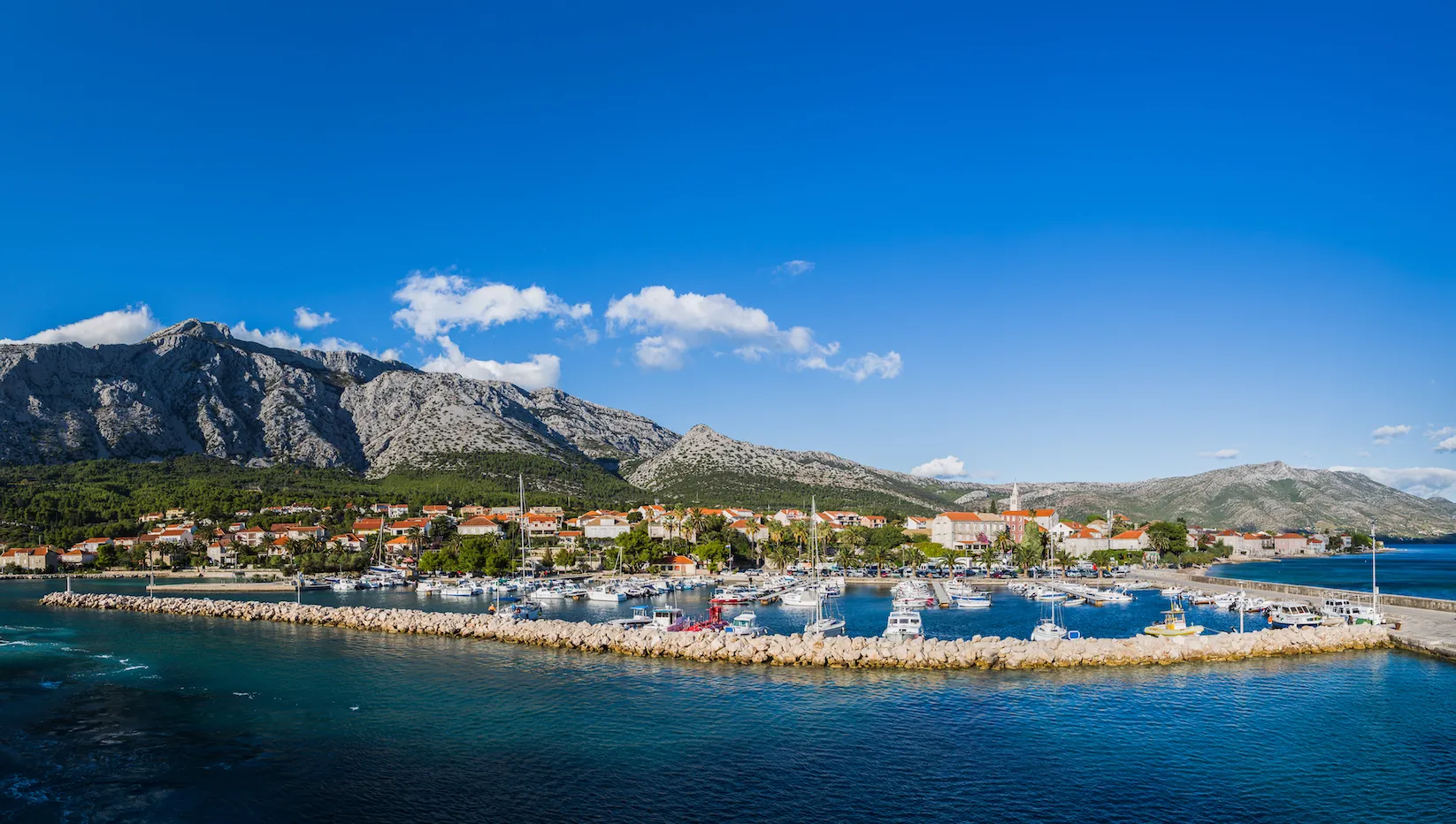The Great Lakes in North America were created around 14,000 years ago by the retreating glaciers of the ice age. The basins carved into the rock created the lakes of Michigan, Huron, Ontario, Erie, and Superior, which together contain one-fifth of the world’s surface freshwater.
Native Indians have lived in the Great Lakes region for 10,000 years. The first Europeans settled in the early 17th Century and began hunting and trading animal furs. Today, the Great Lakes region is home to 35 million people, and the lakes, wetlands, and watershed area play a major role in the economy of the region.
Making a big splash
Recreational activities such as nature watching, hunting and fishing generate $18 billion per year. Fishing, both recreational and commercial, as well as Native American tribal fishing rights, is valued at $7 billion annually and provides over 75,000 jobs.
With the largest expanse of freshwater, the variety of fish species is difficult to determine; estimates range from 150 to 200. The main species can be grouped in several ways, including predators and bait, native and invasive, commercial and recreational.
The Great Lakes have 139 species of native fish; predators include lake trout, large and smallmouth bass, brook trout and walleye. They feed on local bait such as sculpins, ciscoes, shiners, and gizzard shad.
Lake Invaders
Approximately 34 species of non-native or invasive fish live in the Great Lakes. Commercial fish farming saw the introduction of three types of Pacific salmon. Other less controlled methods of invasion include migration, the discharge of ballast water from loading cargo ships, and the release of live bait. Although some invasive species have a limited impact on the lakes’ ecosystem, others are more disruptive. Competition with native fish for food and habitats have a negative impact on established food chains that affect native fish. Some of the most damaging species include sea lampreys, alewives, and quagga mussels.
The introduction of invasive species, combined with an increasing population depending on the lakes for their livelihoods, has led to the disappearance of 18 native species, with 61 species considered threatened or endangered.
Better management of the Great Lakes means that recreational fishing is still world-class. With onshore and offshore opportunities from over 100,000 miles of coastline, grabbing your fishing gear and heading down to the water’s edge are always an attractive option.
So what can you expect to catch? Some prized native catches from the Great Lakes include:
Lake Sturgeon
The lake sturgeon is a bottom feeder that senses food from four whisker-like barbels and vacuums up mussels, small fish, and other small animals into its mouth. They spawn upriver over rocks and gravel. They prefer warm water and stay nearshore.
Yellow Perch
The yellow perch also swims at the bottom of the lake, catching worms, plankton, insect larvae, and minnows. They swim in large of schools of up to 100 fish in colder waters, often at depth. They grow up to a foot long and are popular for sport fishing.
Musky or Muskellunge
The musky is a fierce predator and, therefore, a popular game fish. It often hides nearshore in vegetation when hunting, before retreating further out to eat. As well as fish half their size, muskies have been known to eat frogs, mice, and ducklings. The fish can grow four feet long.
Walleye

The name “walleye” comes from the eyes reflecting light, like a cat. As predators, they eat small bass, perch, trout, and pike. They hunt all year to provide ample fishing opportunities, with their main feeding times in the early morning and evening.
Fishing is a hobby that you can pick up at your own pace, be it a leisurely afternoon at the water’s edge or a sport between you and nature. Whatever your motivation, the Great Lakes are a spectacular place to start.